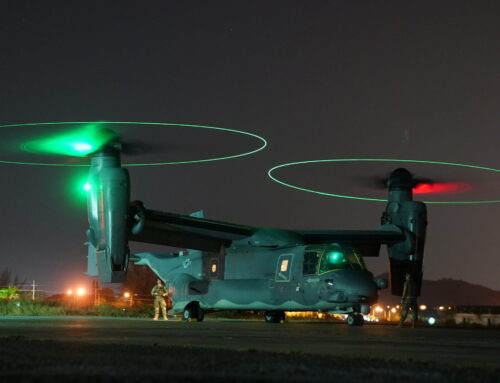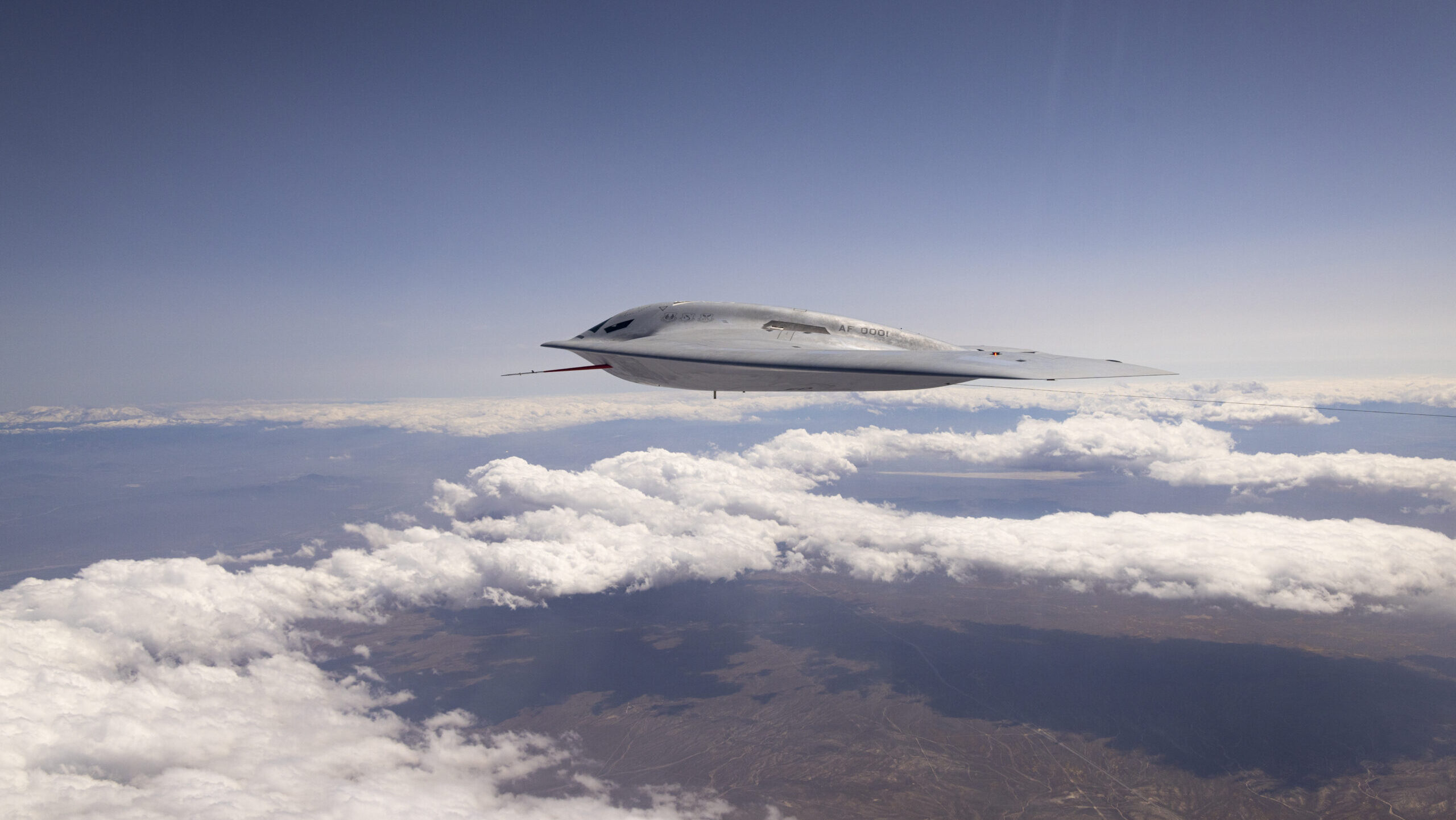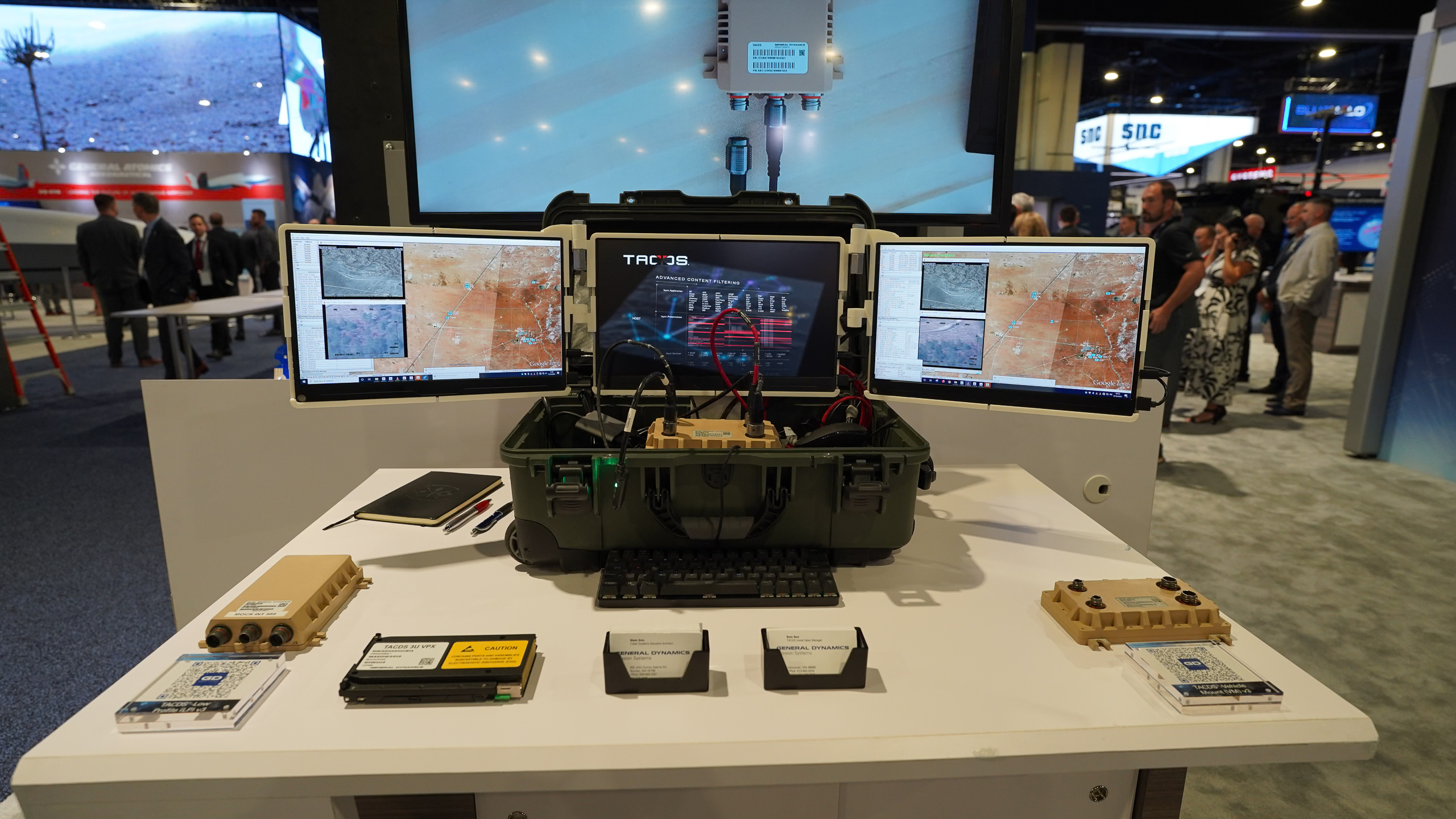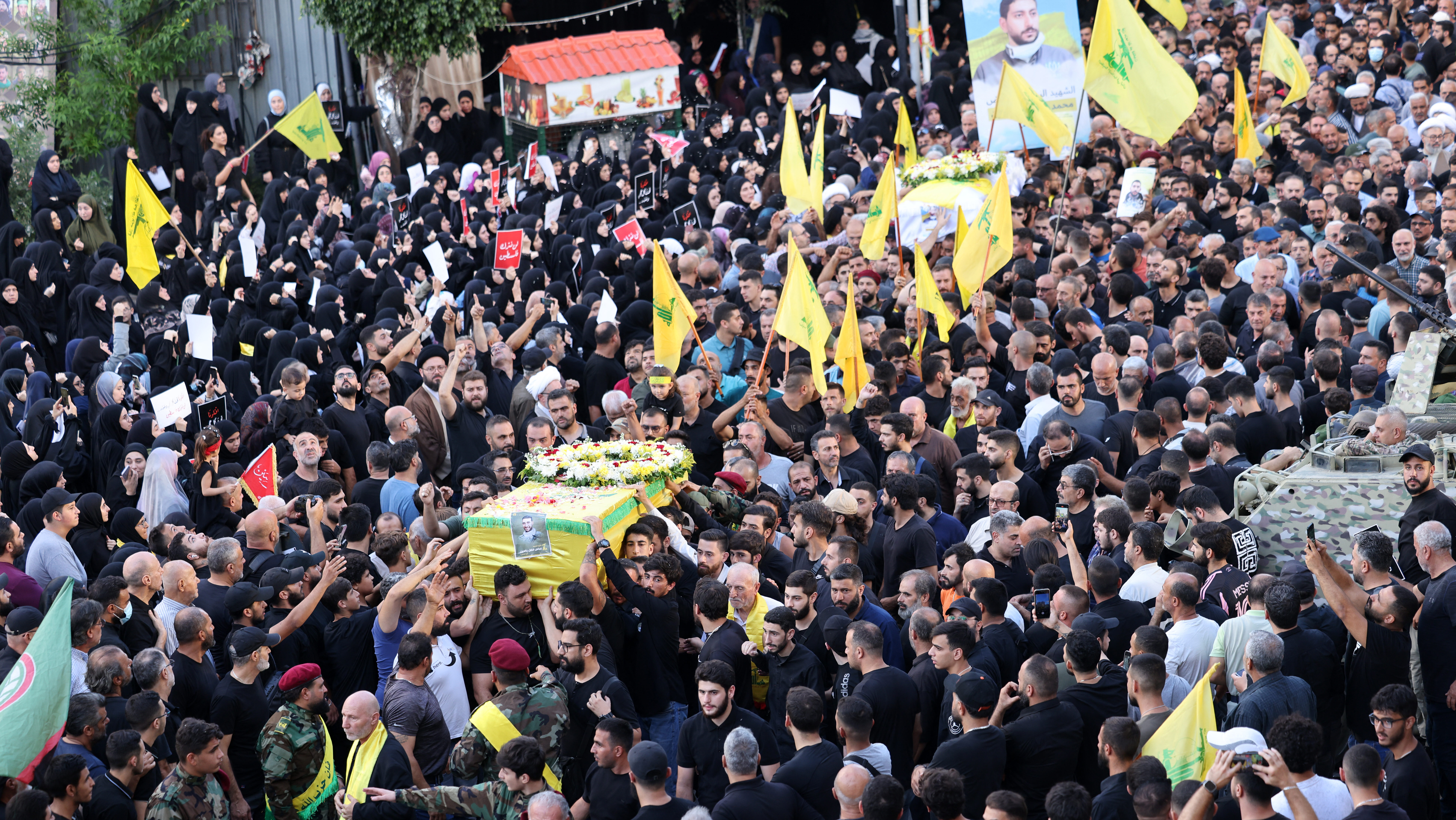ARTEC RCH 155 – automated artillery firepower with shoot-on-the-move capability. Photo courtesy of KNDS.
It’s not often that anyone would think of the U.S. as being outgunned in this day and age, but in the realm of artillery it’s likely true. While most NATO countries, much of Europe, and near-peer adversaries like Russia and China went to longer L52 cannon barrels years ago that provide greater range, the U.S. Army still uses and only manufactures the smaller L39 barrel that provides what can only be called “last-generation” capability for 155mm field guns.
The Ukraine war has made it clear that less artillery range is always going to be a losing proposition against an adversary with longer-range firepower.
“The U.S. field artillery fleet has been an L39 caliber length tube based cannon system for the last 60 years.” said Jon Milner, director of business development, Weapon and Ammunition, American Rheinmetall Defense. “NATO and most of the world moved on to L52 length 155mm systems two decades ago because an L52 can shoot further than an L39. That’s where the U.S. is literally outgunned and outranged by allies and adversaries.”
This isn’t to say, though, that the U.S. Army hasn’t made significant investments and strides in fires modernization. The first increment of the Precision Strike Missile (PrSM) is being developed to replace the MGM-140 Army Tactical Missile System. The service is also introducing the Mid-Range Capability, also known as Typhon, to strike targets with SM-6 and Tomahawk missiles at ranges from 300-1,725 miles that aren’t covered by PrSM and under-developmental hypersonic missiles. Rocket artillery has also enabled important advancements in precision strike, but lacks in mass.
The Army has invested in advancing cannon projectiles and has gained significant advances in longer range solutions as seen with the XM1113 and XM1155 programs. But even with these important programs, tactical fires modernization continues to lag behind the threats.
In one prominent example, earlier this year the Army canceled the Extended Range Cannon Artillery (ERCA) program, keeping the M1299 self-propelled 155mm howitzer prototype an S&T effort. This has left the Army with an enduring, and problematic gap in its extended range tactical fire solutions, exacerbated by the fact that legacy artillery systems had already fallen behind our allies and adversaries. And there’s an additional challenge – the Army artillery fleet had also shrunk.
“In addition to the smaller caliber of the cannons in the Army’s existing fielded systems, the U.S. has not kept up with the threat in increasing the number of artillery units,” noted Milner. “Since the Cold War, the U.S. has shrunk the artillery corps significantly, while our pacing threats, China and Russia have only increased their artillery number alongside giving it cannons with more range than U.S. systems.”
Closing gaps in tactical fires can potentially be accomplished more quickly and cost effectively by following a time-honored acquisition method right out of the program-management playbook that calls for adopting rather than adapting systems that are already in production – and adopting a common moniker used since the beginning of the war in Ukraine, “buy Allied.”
Filling the Fires Capability and Capacity Gaps
Army Futures Command Concept for Fires 2028 has validated the need to move away from certain existing systems in the arsenal that “lack sufficient capacity, lethality, and range to deter and defeat peer threats.” The report went on to state: “Peer threats have already demonstrated the ability to organize a highly effective fires complex (UAS, rocket artillery, and IADS) to detect targets, mass fires, and protect themselves. Enhanced threat capabilities will enable engagement of friendly fire support elements at standoff weapon ranges, precluding or pre-empting friendly fire support operations.”
The U.S., Ukraine, and NATO also must have the capability to operate fires from standoff distances. Most NATO and European countries already have certain standoff ability because they all employ 52-caliber cannons, as mentioned. That leaves only U.S. systems with L39 barrels vulnerable due to their limited range.
“The term the Army uses is that our tactical fires lack capability and capacity,” said Michael Milner, vice president for business development and strategy, American Rheinmetall Vehicles. “The capability is the range that we can fire and the capacity is the number of rounds we can put down range in a given amount of time.
“No one in the rest of the world wants or is buying a 39 caliber capability. Of course, Ukraine will take what it can get. Anything we can give Ukraine is good. However, what that means for the Ukrainians who have to operate these L39 U.S. systems is that for the guns to be able to range the enemy, they will always have to be in range of the enemy’s artillery. This is not the equation we want for our ally Ukraine in this fight nor for American Soldiers in any fight we might have in the future.”
That’s arguably one of the most glaring tactical gaps in U.S. fires, and one that’s also tailor made for acquisition by adoption.
In the case of artillery, adopt means acquiring a system that’s already in production and being fielded. There will be certain straightforward integration elements necessary such as different radios or fire control systems like Advanced Field Artillery Tactical Data System (AFATDS). What you want to avoid though, is the adaption of that system, e.g., changing a fundamental architectural element such as adding armor, which increases weight and could require a new suspension, or inserting a different cannon.
“Adapting rather than adopting a proven system takes you from an off-the-shelf system to something that becomes bespoke and will take time, money, and effort to get it to where it’s what you need,” said Michael Milner. “The priority, on the other hand, is rapidly fielding capability, which is what the Army’s looking for with its desire to get capability into the field by 2030 that meets as much of the ERCA requirements as possible.”
Achieving ERCA requirements requires not only an improved armament but the ability for heightened self-protection through mobility and self-propulsion, as well as automation of the firing system. Today’s advanced self-propelled, automated systems can fire eight to nine rounds per minute and then pick up and move immediately. Before the first rounds even hit the ground, that vehicle is moving to another location before the enemy can pick up the firing on radar and launch counter fires.
“This also plays into the new capability of battlefield drones where you’re under persistent surveillance,” said Michael Milner. “If you pick up an enemy drone, you’ve got to be able to move quickly. Current U.S. towed systems lack that capability because once the towed system is in place, it takes about a minute and a half to two minutes to get it moving while you’re sitting there stationary.”
A survey of artillery systems around the world shows several existing systems that could fit the bill and fill the gap, including the PzH 2000 and RCH 155 from KNDS Deutschland (formerly Krauss-Maffei Wegmann). Both are equipped with Rheinmetall’s combat proven, world-class main armament L52 artillery cannon.
Both would also fill the Defense Department’s gap for a self-propelled 155mm howitzer with improved range, survivability, technology, and firing rates. Given the scale such a program would take on, the DoD would be expected to want such systems built in the U.S., but that would take several years at a minimum to stand up the factory and supply chain – leaving the capability gap in place for longer than defense leaders want.
There’s a way, however, to both build them domestically and also start receiving and fielding them years sooner.
“U.S. Army leadership has said they are willing to accept a foreign-built system for the first two years of production and then it has to be moved onshore,” said Michael Milner. “That third year of production, you have to have a facility and supply chain established, transition all the intellectual property to U.S. shores, and bring that cannon capacity, vehicle capacity, and artillery gun module capacity into the United States.
“That’s no problem for American Rheinmetall; that’s already an approach built into our business model,” he said. American Rheinmetall has the ability to design and build in the U.S., as it is doing for the turret on its XM30 Combat Vehicle which was 100 percent designed domestically by Rheinmetall’s U.S. engineers and being built in the U.S. It also has the ability to quickly receive a transfer of technology from its European parent and partners and execute localization of supply chains, production, and design updates inside the U.S.
The same approach can help the Army not just in rapidly fielding a new ERCA capability, but for adding critical capability to its substantial M109A7 self-propelled howitzer fleet. American Rheinmetall, with key partners, can provide for 52 caliber cannon insertion in the M109A7, which would remove the out-gunned nature of these important systems and also bring valuable commonality in the cannon system if an ERCA solution like the RCH 155 were adopted. Rheinmetall and BAE developed just such an Independent Research and Development (IRAD) M109A7 L52 demonstrator, which the team test fired last year, showcased at AUSA 2023, and has a robust fall live fire schedule planned.
Rheinmetall has, in fact, moved manufacturing capabilities to customer locations multiple times, including in Australia and Hungary where Rheinmetall took the opportunity to build state-of-the-art manufacturing capabilities to support those nation’s needs.
Said Michael Milner, “Compare that to how it’s done here where we are still building combat vehicles very similar to how we did in World War II.”
The production of U.S. cannons is currently at a state that can be considered a single point of failure. The only U.S. capability for producing ground forces/Army and Marine Corps cannons today is at Watervliet Arsenal, NY. The Army is in the process of modernizing the facility, however, with the addition of the L52 cannon into the U.S. fleet, capacity is an issue.
Rheinmetall, as the world’s premier supplier of L52 cannons is ready to apply their successful approach to localizing cannon production to augment Watervliet’s capability issue and fill the gap of capacity.
Innovation at the round: Assegai V-LAP and Extended Range Charge for L39 and L52 systems. Image courtesy of American Rheinmetall.
Innovation at the round
Another reason to adopt is so the U.S. and others can take advantage of the latest innovations at the round. This was also one of the outputs of the tactical fires study from Army Futures Command.
It’s an area where Rheinmetall, a global leader in large caliber munitions technology, is always working to evolve projectiles and propellants so operators can squeeze more range out of their systems – whether they’re L39 or L52 based – and includes portfolio munitions like the Assegai Velocity-enhanced Long range Artillery Projectile (V-LAP), DM92 propellant, and extended range charge.
The Assegai family of 155 projectiles is ballistically matched so all the projectiles behave the same and are state-of-the-art for long range. Assegai V-LAP set world records during a 2019 test for ranges at well beyond 70 kilometers.
The DM92 propellant, which is the current propellant for the German Army and its PzH 2000 fleet, is tuned for the Rheinmetall L52 barrel. If the U.S. adopted that caliber and integrated the L52 on the M109 or in its ERCA program, there’s a ready, high performing propellant that can be adopted by the U.S. for that purpose.
Rheinmetall has also qualified an extended range charge, the Supercharge, for several howitzers, including the Australian M777. The Supercharge allows operators to fire at longer ranges from the L52 cannon and adds 10 percent longer range from the L39 cannon. It was developed to “buy back” the drag – the penalty that happens when using course-correcting fuzes, which are important for armies and precision fires. Additionally, the Supercharge is extremely clean burning and leaves little residue in the barrel which assists in extending the life of the barrel.
Strengthening the Defense Industrial Base to close the gaps
“American Rheinmetall is a committed partner for the U.S. Army, fully focused on their field artillery requirements and localizing next-gen technology,” said Jon Milner. “U.S. Cannoneers have been pulling lanyards and swabbing breaches since the Revolutionary War, and it’s time to get beyond that paradigm.
“The RCH 155 and M109-52 along with Rheinmetall’s family of ammunition provide real modernization solutions adoptable now to restore tactical fires overmatch, enhance the U.S. industrial base including bringing new jobs and capability, and delivering fast by sequencing delivery of proven systems from an allied base and then effectively and rapidly transitioning the technology and its production into the U.S. This is a proven capability at Rheinmetall.”











